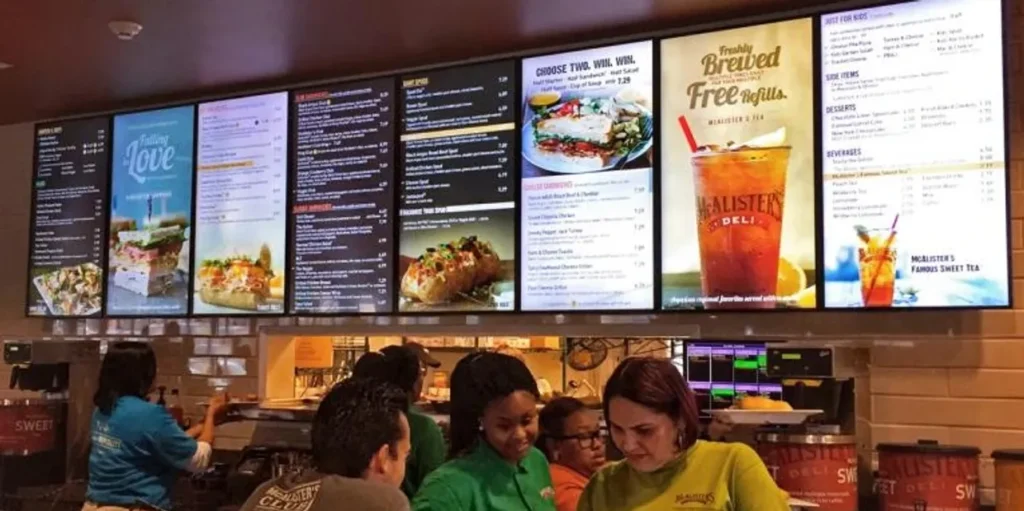Introduction
In response to consumers’ growing demand for personalized omnichannel experiences, the retail and Quick Service Restaurant (QSR) industries recognized the importance of blending the digital and physical worlds. A global QSR company aimed to leverage technology to enhance the personalized in-store experience and increase ticket value. By providing hyper-personalized content, the company sought to deepen customer connections, drive engagement, and boost retention through loyalty.
Vision of a New Customer Journey
To address the opportunity in this white space project, the company embarked on drafting a clear vision. The process involved a comprehensive problem statement, competitive analysis, and a compelling business case. The multi-disciplinary team engaged in multiple ideation and visioning sessions to gain consensus on the strategy. The outcome was a multi-year plan focused on utilizing algorithmic content to drive engagement. A modern customer journey was mapped out, where customers would be identified, and hyper-personalized content would dynamically change across in-store and drive-thru display screens based on purchasing history, day-part, weather, and location.
Market Test and Findings
To validate the vision, the company launched a Minimum Viable Product (MVP) technology test in 150 stores over six months. During this period, customer purchasing behaviors and rates of food attachment were analyzed. The results were promising, showing that delivering personalized content in-store could, on average, increase customer ticket by 120 basis points (bps). This insight encouraged further investment in high-volume stores for hyper-personalized content and shaped the design of future new store layouts.
Streamlining Content Approval Process
An additional insight emerged during the market test, highlighting the need for a more efficient content approval process. Hyper-personalized content required a vast array of tagged images that could be grouped meaningfully for customers. Traditional content approval methods couldn’t keep up with the pace of creating and deploying new digital content. The company recognized the importance of overhauling the content approval process to accommodate the demands of its digital business needs.
Conclusion:
By focusing on hyper-personalization, the global QSR company successfully transformed its customer experience and boosted in-store ticket value. The vision of leveraging algorithmic content to engage customers proved effective, as evidenced by the market test results. The company’s commitment to streamlining the content approval process will enable ongoing agility and responsiveness to customers’ needs. With a clear vision, data-driven insights, and forward-thinking strategies, the QSR company was able to achieve its goal of providing a hyper-personalized in-store experience, driving customer engagement, and remaining competitive in the market.

